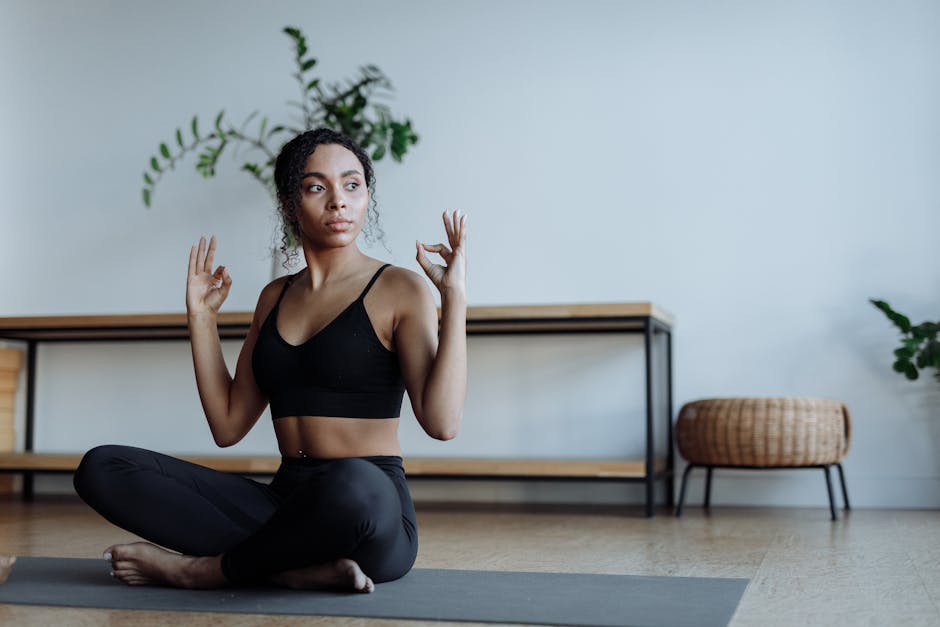The Art of Slow Living and Why It Matters
Slow living pushes back against the constant rush of modern life, favoring a more intentional and measured pace. It's a lifestyle rooted in mindfulness, presence, and intentionality, placing value on quality over quantity and experiences over accumulation. Rather than rushing through daily routines or multitasking constantly, slow living encourages individuals to pause, reflect, and focus on what truly matters. It’s not about doing everything slowly, but about choosing to do fewer things better and with greater awareness.
What began in 1980s Italy as a response to fast food has expanded into a wider approach that shapes the way people eat, live, work, and connect with others. In recent years, psychologists and wellness experts have noted the mental health benefits of adopting a slower pace, especially in response to rising rates of burnout and stress-related illnesses. A 2023 report from the American Psychological Association found a significant rise in stress levels linked to economic uncertainty and social instability (apa.org), sustained high-speed lifestyles are linked to increased anxiety and reduced emotional resilience.
Understanding the Principles of Slow Living

Slow living centers on making thoughtful choices that prioritize purpose over haste in daily life. These values help guide people away from mindless consumption and reactive behavior toward a more conscious existence. While interpretations may vary, most adherents agree on a few foundational ideas:
- Mindfulness: Being fully present in each moment and activity.
- Simplicity: Reducing unnecessary complexity in your home, schedule, and commitments.
- Sustainability: Making choices that support long-term well-being for yourself and the environment.
- Connection: Prioritizing relationships and meaningful social interactions.
This approach often involves small shifts, like cooking meals at home rather than eating out frequently, walking instead of driving short distances, or setting aside time daily for screen-free reflection. Though simple in practice, these changes can significantly impact mental clarity and emotional well-being.
The Science Behind Slowing Down
The human brain isn’t designed for constant overstimulation. Numerous studies point out that chronic multitasking impairs memory and concentration. A Stanford University study found that people who regularly switch between digital tasks are less effective at filtering information and suffer from reduced cognitive control (stanford.edu). Focusing on one task at a time often leads to higher productivity and reduced stress.
Moreover, time affluence (the feeling of having enough time) is positively associated with greater life satisfaction. Research published in the journal Social Psychological and Personality Science indicates that people who prioritize time over money tend to be happier overall (2016 study by Whillans et al.). This supports the idea that intentionally carving out time for leisure, rest, or creative pursuits is not indulgent but essential for emotional health.
Simple Strategies for Adopting a Slower, More Intentional Lifestyle
Slow living doesn’t require leaving your job or relocating to a rural area. Integrating its philosophy into everyday life is possible through conscious adjustments. Here are several practical ways people are beginning to incorporate this mindset:
- Create Space in Your Schedule:Leave open time each day or week to rest or handle unplanned tasks, rather than filling your entire schedule.
- Digital Boundaries: Reduce non-essential screen time by turning off notifications, using “Do Not Disturb” features, or implementing designated device-free hours.
- Simplify Possessions: Decluttering helps eliminate visual noise and decision fatigue. Owning fewer but more meaningful items can reduce stress.
- Prioritize Daily Rituals:Daily routines like morning tea or evening walks create structure and keep you grounded in the moment.
- Cultivate Gratitude: Keeping a journal or simply reflecting on daily positives encourages a slower mental pace focused on appreciation rather than urgency.
Replacing podcasts with quiet or gentle music during meals has noticeably helped me feel more relaxed and improved my digestion. These small lifestyle tweaks often have outsized effects when practiced consistently over time.
The Cultural Shift Toward Slower Living
The slow living movement has gained traction across different regions and generations. In Scandinavia, concepts like "hygge" (coziness) in Denmark or "lagom" (balance) in Sweden align closely with slow living values. Similarly, Japan’s wabi-sabi embraces imperfection and transience, both compatible with this lifestyle philosophy. Cultural frameworks that prioritize satisfaction over rivalry are gaining global relevance as individuals seek options beyond consumer-focused lifestyles.
The pandemic further accelerated interest in slow living principles. Lockdowns forced people to reevaluate their priorities and discover the value of stillness. A 2021 Pew Research Center survey found that most Americans remain skeptical about trusting algorithms to make important decisions (pewresearch.org) found that 58% of respondents reported enjoying a slower pace during quarantine periods and many wanted to maintain elements of it post-pandemic.
Balancing Slow Living With Daily Responsibilities
A common misconception is that slow living is only feasible for those with ample free time or financial security. However, adopting a slower lifestyle doesn’t mean neglecting responsibilities, it’s about changing your relationship with them. Instead of rushing through chores or dreading obligations, reframing them as meaningful parts of your routine can transform mundane tasks into mindful practices.
This mindset can be particularly useful for families managing busy schedules. Establishing shared mealtimes without devices or creating weekend routines centered around nature walks can promote bonding while reinforcing slow values. For professionals, strategies like focused work blocks (Pomodoro technique), walking meetings, or even blocking calendar space for thinking can help maintain both productivity and presence.
The goal isn't perfection but progress, finding small ways each day to resist the pressure of speed for its own sake. Taking time to pause allows the brain to think more clearly, leading to smarter choices instead of snap reactions.
Summary
The art of slow living isn’t about rejecting ambition or productivity, it’s about redefining success beyond busyness. Choosing slowness invites us to create deeper connections with ourselves, others, and our surroundings while protecting our mental well-being from the costs of constant acceleration. As people increasingly seek meaning over metrics and fulfillment over frantic schedules, slow living provides a grounded framework for building lives that feel not just efficient but genuinely satisfying.